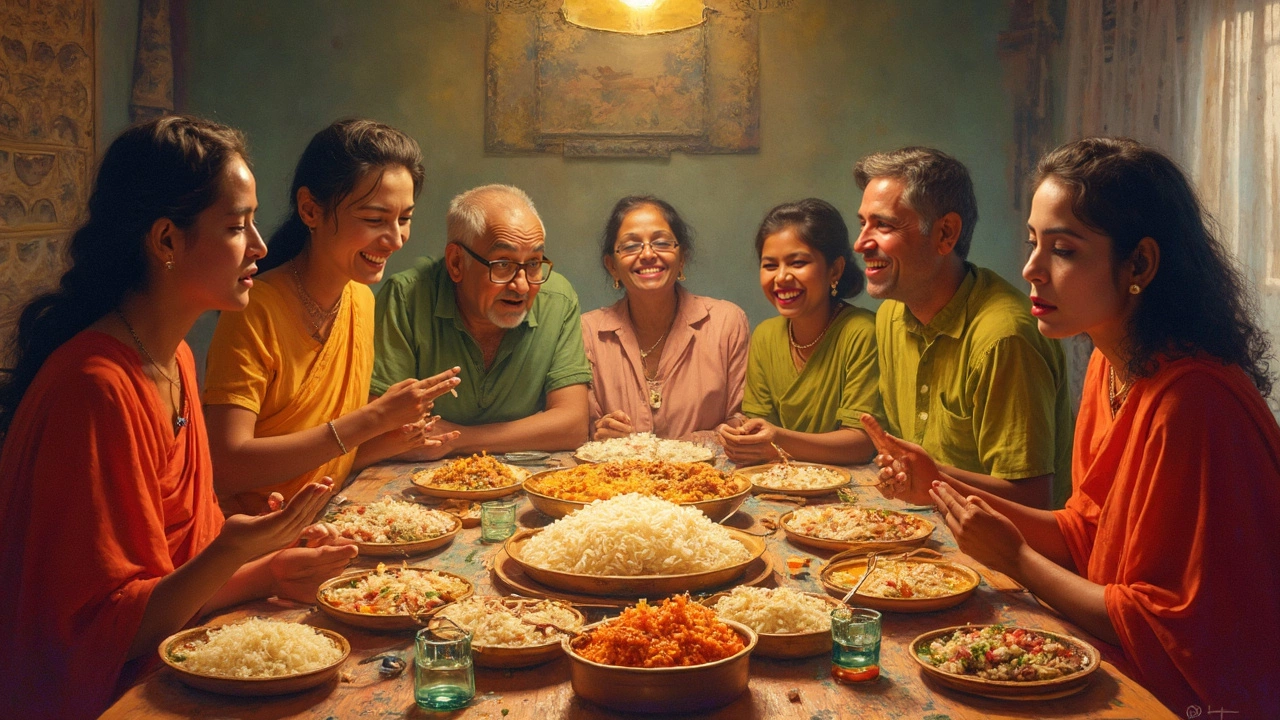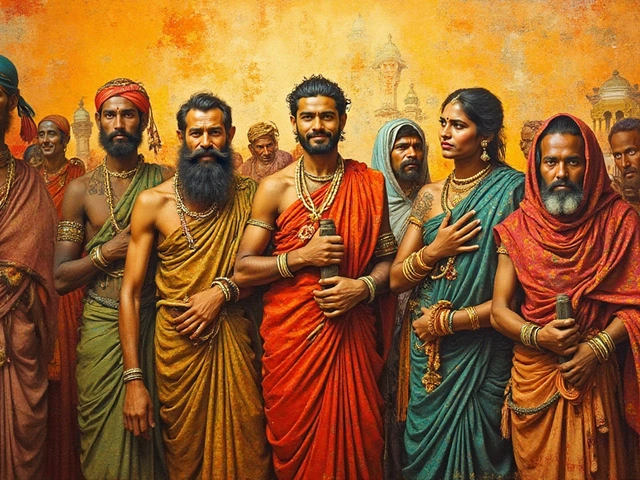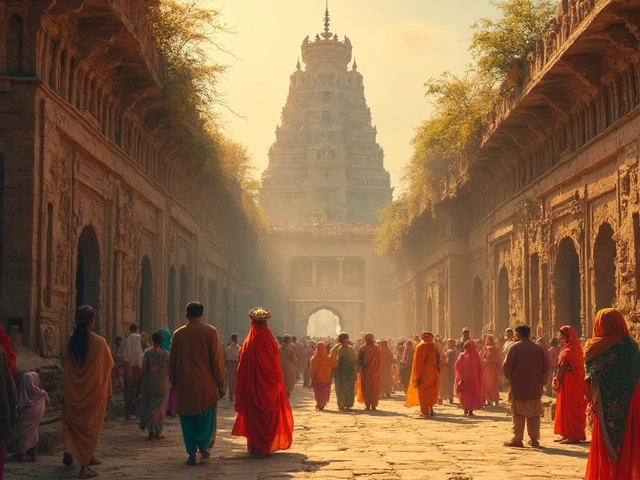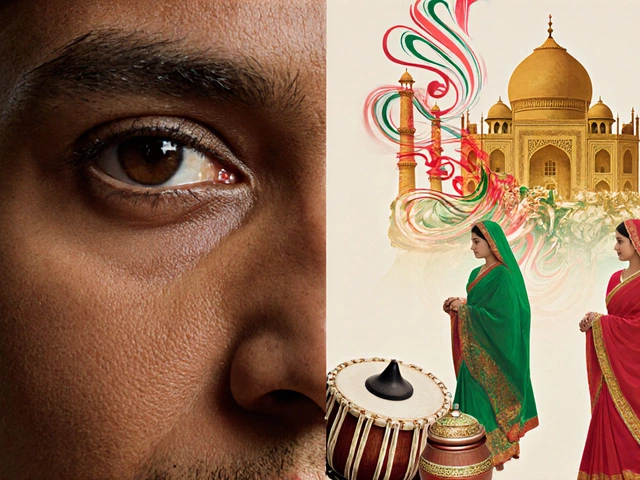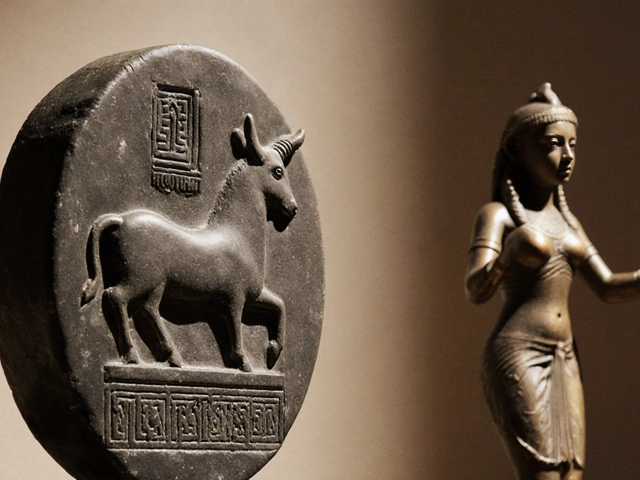Rice in India: The Staple That Feeds a Nation
When you think of food in India, one thing comes up again and again: rice, a grain that forms the foundation of meals for over a billion people. Also known as paddy, it’s not just a crop—it’s the rhythm of daily life, the anchor of festivals, and the silent hero behind countless regional dishes. From the steaming idlis of Tamil Nadu to the fragrant biryanis of Lucknow, rice is the thread that ties together India’s vast culinary map. It grows in flooded fields in Kerala, thrives in the dry plains of Punjab, and feeds families in the hills of Uttarakhand—all with the same quiet importance.
Rice doesn’t just fill plates; it shapes traditions. In South India, rice is ground into batter for dosas and fermented into idlis that rise with the morning sun. In Bengal, it’s turned into sweet pulao for Durga Puja. In the north, it’s layered with spices and meat for celebratory biryanis. Even the way it’s cooked varies—steamed in a pot, boiled in a pressure cooker, or slow-cooked in a handi. South Indian cuisine, centered around rice-based meals and fermented foods, is as different from North Indian diet, where wheat often shares the spotlight but rice still holds deep cultural weight as Hindi is from Tamil. Yet both rely on rice as a daily anchor. And it’s not just about taste—it’s about identity. In many homes, a meal without rice feels incomplete, even if the rest of the plate is full.
India consumes more rice than any other country in the world. Over 100 million tons are grown every year, and nearly every household eats it at least once a day. It’s the food of the poor and the rich, the village and the city, the temple offering and the wedding feast. When you see a family sitting on the floor with a steel plate, a dollop of dal, and a mound of rice, you’re seeing centuries of tradition. This isn’t just nutrition—it’s memory. And in the articles below, you’ll find real stories about how rice shows up in Indian kitchens, markets, and rituals. You’ll learn which states eat the most, how it’s tied to festivals, and why some varieties cost more than gold. Whether you’re curious about the difference between basmati and jeera rice, or why rice is offered to gods before meals, the answers are here.
